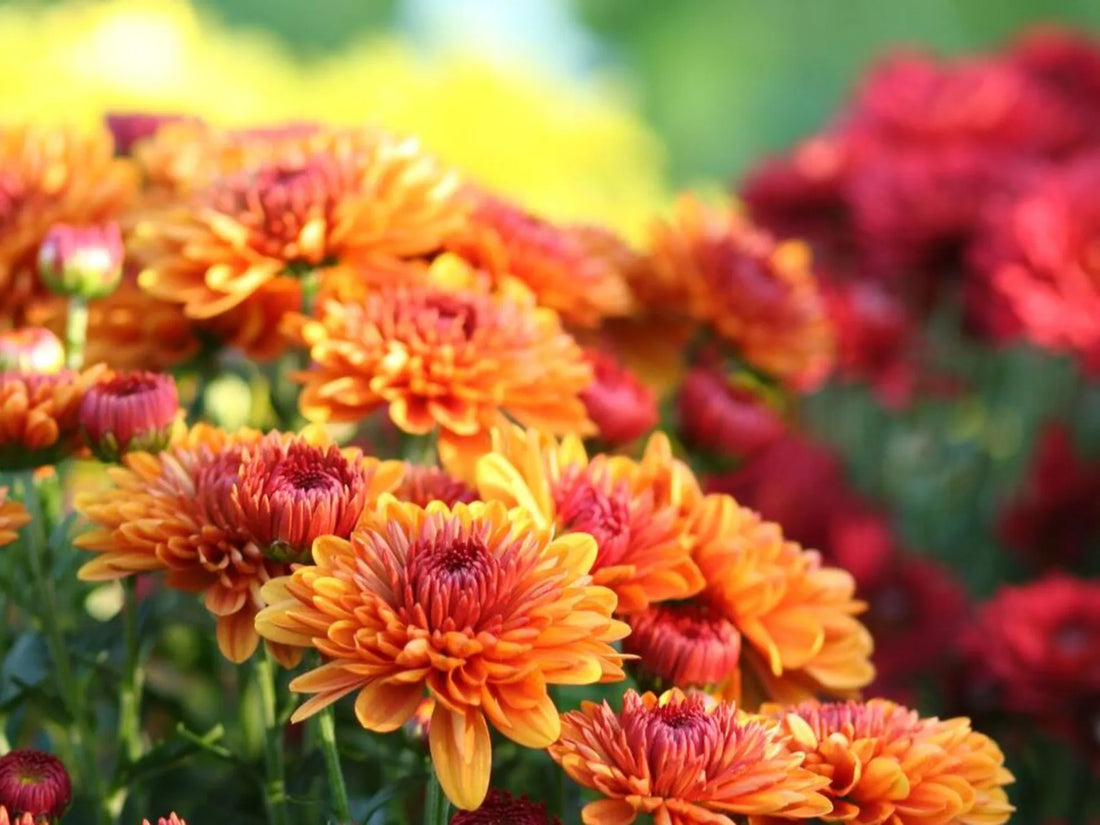
Top Tips for Successful Fall Planting
Share
As the summer heat fades and the crisp autumn air sets in, gardeners have a unique opportunity to refresh and revitalize their landscapes. Fall planting is not only a great way to introduce new plants to your garden but also to prepare it for a fantastic spring display. Here are some essential tips to ensure your fall planting is a success:
1. Understand the Benefits of Fall Planting
Fall offers ideal conditions for planting new additions to your garden. The soil is still warm from the summer, which helps roots establish quickly, while cooler air temperatures reduce stress on new plants. Additionally, increased rainfall during fall reduces the need for manual watering, making this season perfect for effortless establishment.
2. Choose the Right Plants
Some plants thrive particularly well when planted in the fall. Consider these options for optimal results:
-
Perennials: Many perennials benefit from fall planting, such as coneflowers, asters, and peonies. Planting them now allows them to establish roots, leading to stronger growth in spring.
-
Trees and Shrubs: Fall is excellent for planting deciduous trees and shrubs, as they focus on root development before winter dormancy.
-
Spring Bulbs: Bulbs like tulips, daffodils, and crocuses should be planted in fall for a beautiful spring bloom.
3. Prepare Your Soil
Before planting, enrich your soil with organic matter, such as compost or well-rotted manure, to improve fertility and drainage. This preparation creates a nourishing environment for your new plants to thrive.
4. Proper Planting Techniques
-
Plant Depth: Ensure bulbs and root balls are planted at the correct depth. A general rule is to plant bulbs three times as deep as their height.
-
Water Wisely: Water thoroughly after planting to help settle the soil and eliminate air pockets. Continue to water regularly until the ground freezes.
5. Consider Mulching
Apply a layer of mulch around your newly planted areas. Mulching helps regulate soil temperature, retain moisture, and suppress weeds, giving your plants the best start.
6. Plan for Pests and Wildlife
Guard against potential pests such as deer and rabbits by using protective measures like fencing or deterrents. It's also beneficial to use organic pest control solutions to maintain a healthy garden ecosystem.
7. Don’t Forget the Lawn
Fall is also a fantastic time to care for your lawn. Consider aerating and reseeding if necessary, and apply a fall-specific fertilizer to strengthen grass for the winter months ahead.
Visit Riverside Nursery for Quality Plants and Guidance
At Riverside Nursery, we're here to help make your fall planting a rewarding experience. Our knowledgeable staff is ready to assist you in selecting the best plants and providing expert advice tailored to your garden. Stop by and explore our vast selection of fall-friendly plants, and let us help you prepare for a thriving garden come spring.
By following these tips, you can take full advantage of the fall season to enhance your garden's beauty and health. Happy planting!
